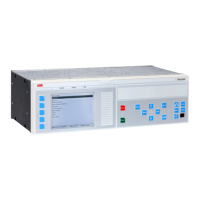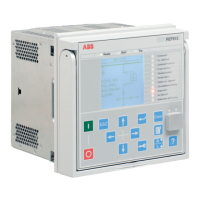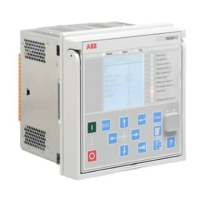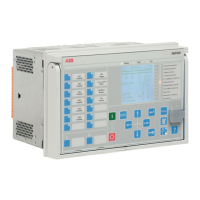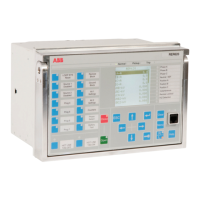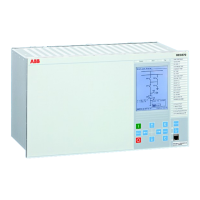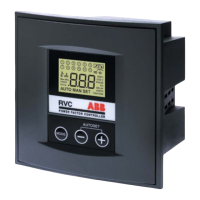1MAC309294-MB F Section 4
Protection functions
RER620 221
Technical Manual
consumption. In this case, the available generation is too large compared to the power
demanded by the load connected to the power grid. This can occur due to a sudden loss of
a significant amount of load or due to failures in the turbine governor system. If the
situation continues and escalates, the power system loses its stability.
The underfrequency is applicable in all situations where a reliable detection of a low
fundamental power system voltage frequency is needed. The low fundamental frequency
in a power system indicates that the generated power is too low to meet the demands of the
load connected to the power grid.
The underfrequency can occur as a result of the overload of generators operating in an
isolated system. It can also occur as a result of a serious fault in the power system due to
the deficit of generation when compared to the load. This can happen due to a fault in the
grid system on the transmission lines that link two parts of the system. As a result, the
system splits into two with one part having the excess load and the other part the
corresponding deficit.
The frequency gradient is applicable in all the situations where the change of the
fundamental power system voltage frequency should be detected reliably. The frequency
gradient can be used for both increasing and decreasing the frequencies. This function
provides an output signal suitable for load shedding, generator shedding, generator
boosting, set point change in sub-transmission DC systems and gas turbine startup. The
frequency gradient is often used in combination with a low frequency signal, especially in
smaller power systems where the loss of a large generator requires quick remedial actions
to secure the power system integrity. In such situations, the load shedding actions are
required at a rather high frequency level. However, in combination with a large negative
frequency gradient, the underfrequency protection can be used at a high setting.
4.4.1.6 Signals
Table 236: 81 Input signals
Name Type Default Description
f SIGNAL 0 Measured frequency
df/dt SIGNAL 0 Rate of change of frequency
BLOCK BOOLEAN 0=False Block signal for activating the blocking mode
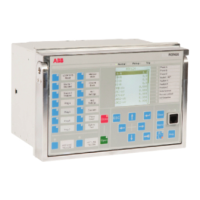
